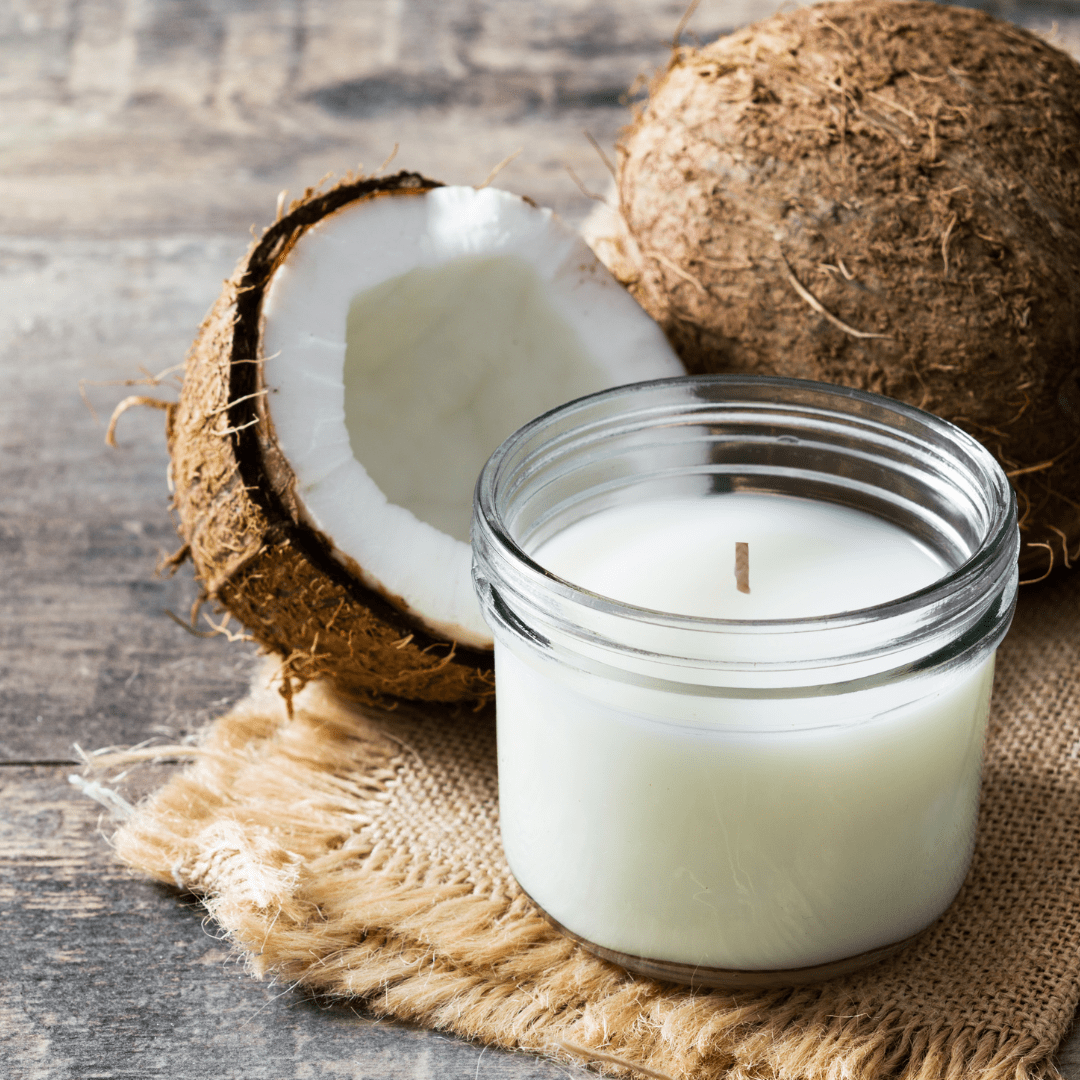Shop Sustainable Soy Wax Candles and Home Fragrance Collections
Shop Sustainable Soy Wax Candles and Home Fragrance Collections
Blog Article
From Wick to Wax: Comprehending the Chemistry Behind Soy Wax Candles and Their Ecological Impact
As we illuminate our areas with the warm glow of candles, there lies a realm of elaborate chemistry behind the seemingly easy act of lighting a soy wax candle light. Join us as we untangle the clinical ins and outs behind soy wax candle lights and discover their effects on our atmosphere.
Soy Wax Vs. Paraffin Wax
When contrasting soy wax and paraffin wax for candle production, it is crucial to comprehend the distinct qualities and advantages of each material. Soy wax is a natural, renewable energy acquired from soybean oil, making it eco-friendly and naturally degradable - home fragrance. On the other hand, paraffin wax is a result of oil refining, which increases worries regarding its ecological influence and sustainability
Soy wax candles melt cleaner and produce much less soot contrasted to paraffin wax candle lights, making them a much healthier choice for indoor air top quality. Furthermore, soy wax has a reduced melting factor, enabling a longer-lasting candle light that distributes scent better. Paraffin wax, on the other hand, often tends to burn faster and much less cleanly, possibly launching dangerous chemicals right into the air.
From a sustainability viewpoint, soy wax is preferred for its biodegradability and eco-friendly sourcing, aligning with the expanding consumer choice for ecologically aware items. While paraffin wax has actually been a traditional option in candle making because of its price and simplicity of use, the shift in the direction of eco-friendly alternatives like soy wax is getting momentum in the market.
Chemical Make-up of Soy Wax

Burning Process in Soy Candles
The chemical composition of additional resources soy wax directly influences the burning process in soy candles, affecting factors such as shed time, aroma launch, and environmental effect. When a soy candle is lit, the warm from the fire melts the wax near the wick.
The combustion performance of soy candles is affected by the pureness of the soy wax and the quality of the wick. A clean-burning soy candle with an effectively sized wick will minimize and generate a stable flame soot development. This not just extends the shed time of the candle but also enhances the launch of scents. Furthermore, soy wax candle lights have a lower environmental effect contrasted to paraffin candles because of their renewable and eco-friendly nature.

Environmental Advantages of Soy Wax

Thought about a sustainable alternative to conventional paraffin wax, soy wax provides noteworthy environmental benefits that make it a popular selection among eco-conscious consumers. Soy wax burns cleaner and produces much less residue than paraffin wax, adding to far better interior air quality and decreasing the demand for cleaning and upkeep. On the whole, the ecological advantages of soy wax straighten with the expanding need for green and lasting items Discover More Here in the market.
Recycling and Disposal Considerations
Reusing and appropriate disposal of soy wax candle lights play a crucial duty in keeping ecological sustainability and decreasing waste in neighborhoods and homes. When it comes to recycling soy wax candles, the initial action is to ensure that the candle has burned totally.

In terms of disposal, if recycling is not an option, soy wax candle lights are eco-friendly and can be securely taken care of in the majority of household waste systems. It is always recommended to check with local recycling centers or waste monitoring services for certain standards on candle disposal to guarantee correct handling and environmental defense.
Conclusion
In final thought, the chemistry behind soy wax candle lights reveals their environmental benefits over paraffin wax candle lights. Soy wax, acquired from soybean oil, burns cleaner and produces less residue when compared to paraffin Resources wax.
When comparing soy wax and paraffin wax for candle production, it is necessary to recognize the distinct features and benefits of each material (soy candles).Soy wax candle lights burn cleaner and release less residue compared to paraffin wax candle lights, making them a much healthier selection for indoor air quality.Considered a lasting choice to standard paraffin wax, soy wax offers notable environmental benefits that make it a popular selection amongst eco-conscious consumers. Soy wax burns cleaner and produces less residue than paraffin wax, adding to much better indoor air quality and decreasing the demand for cleansing and upkeep.In conclusion, the chemistry behind soy wax candle lights reveals their ecological benefits over paraffin wax candle lights
Report this page